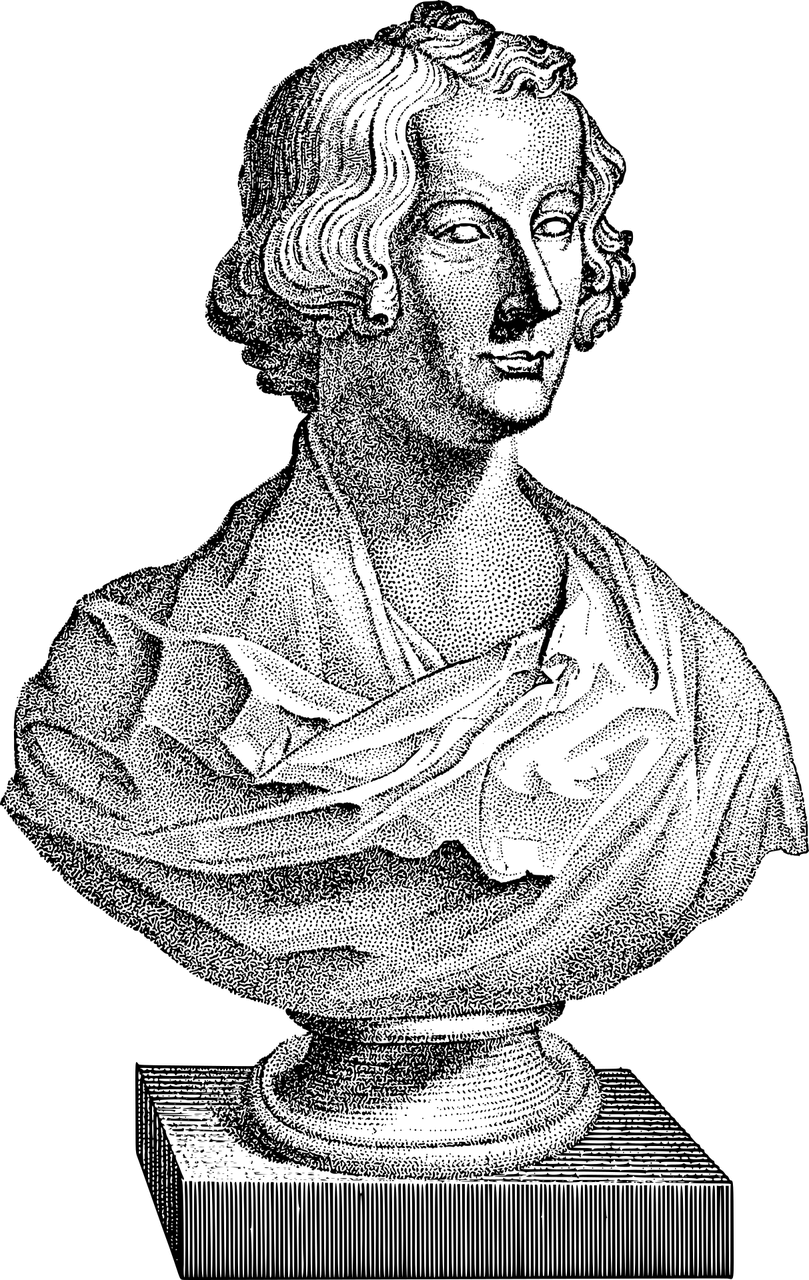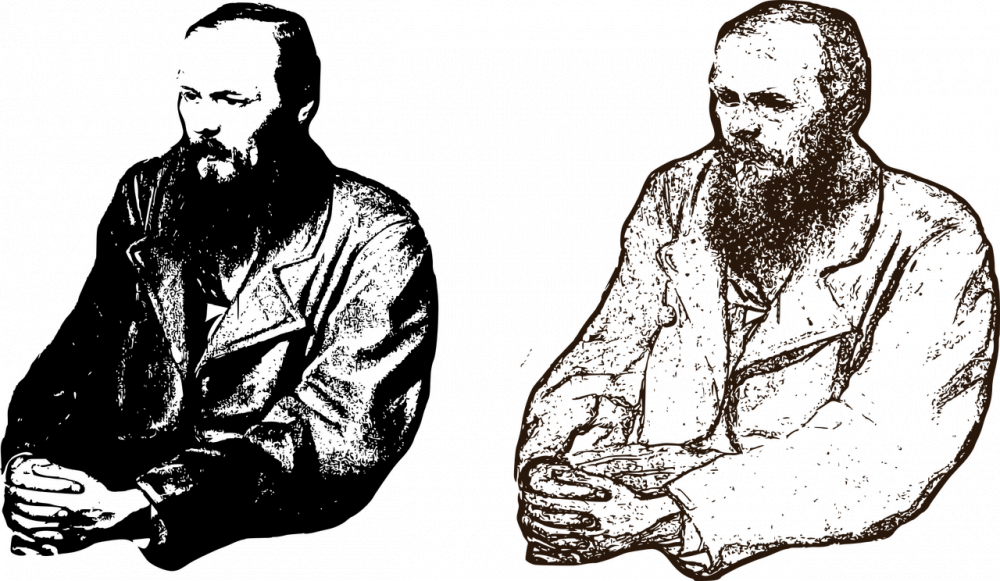Jane Austens Pride and Prejudice is a timeless classic in English literature, capturing the essence of romance, societal norms, and the pursuit of true love

With its witty dialogue, well-developed characters, and sharp social commentary, this novel has enchanted readers since its publication in 1813.
In “Pride and Prejudice,” Austen explores the themes of love, marriage, and social class in Regency-era England. The story revolves around the Bennet family, particularly the second eldest daughter, Elizabeth Bennet. As the novel unfolds, Elizabeth navigates the challenges of societal expectations, her own personal prejudices, and the pursuit of a suitable partner.
One of the key elements that sets “Pride and Prejudice” apart is Austen’s ability to portray realistic and complex characters. Elizabeth Bennet, for instance, is a relatable and strong-willed heroine whose intelligence and wit captivate readers. Mr. Darcy, on the other hand, initially comes across as aloof and arrogant but gradually reveals his true nature, making him a compelling and complex love interest. The novel is also filled with memorable supporting characters, such as the humorous Mr. Bennet, the meddling Mrs. Bennet, and the charismatic Mr. Wickham.
Austen’s writing style is characterized by her keen observations of society, clever dialogue, and satirical humor. Through her narrative, she exposes the flaws and follies of the upper classes, while also providing insights into the importance of individual character and integrity. Her skillful use of irony and wit adds depth to the story and keeps readers engaged.
Over time, “Pride and Prejudice” has evolved from a popular novel of the early 19th century to a literary masterpiece that continues to captivate audiences today. It has been adapted into numerous film and television adaptations, ensuring its enduring popularity. The novel’s enduring appeal can be attributed to its exploration of universal themes, its relatable characters, and its timeless depiction of love and human relationships.
In recent years, “Pride and Prejudice” has gained even more prominence as a symbol of feminist literature. Elizabeth Bennet’s refusal to conform to societal norms and her insistence on marrying for love rather than wealth or social status resonates with modern readers. Austen’s portrayal of female agency and her critique of gender inequality continue to be relevant in today’s society.
To ensure this article is optimized for search engines, here is a suggested structure:
Heading 1: The Timeless Charm of “Pride and Prejudice”
– Introduction to the novel’s significance and enduring appeal
– Bulletpoints summarizing key information about the novel
– Brief mention of adaptations and feminist interpretations
Heading 2: Exploring the World of Jane Austen

– Background information about Jane Austen and her literary career
– Key themes in Austen’s works and their relevance to “Pride and Prejudice”
– Bulletpoints highlighting Austen’s style and social commentary
Heading 2: A Historical Journey through “Pride and Prejudice”
– Overview of the novel’s initial reception and popular reception over time
– Mention of notable adaptations and their impact on the novel’s popularity
– Bulletpoints summarizing key historical milestones for “Pride and Prejudice”
Heading 2: The Feminist Legacy of “Pride and Prejudice”
– Discussion of the novel’s feminist interpretation and relevance
– Analysis of Elizabeth Bennet as a feminist heroine
– Bulletpoints highlighting the novel’s feminist themes and impact
: Insert a video that explores the themes or adaptations of “Pride and Prejudice.”]
In conclusion, “Pride and Prejudice” remains a beloved novel that resonates with readers of all generations. Jane Austen’s skillful storytelling, sharp social commentary, and memorable characters continue to captivate audiences worldwide. Whether one is a literature enthusiast or a fan of romance, this timeless classic is a must-read that will forever hold a special place in the hearts of readers.





